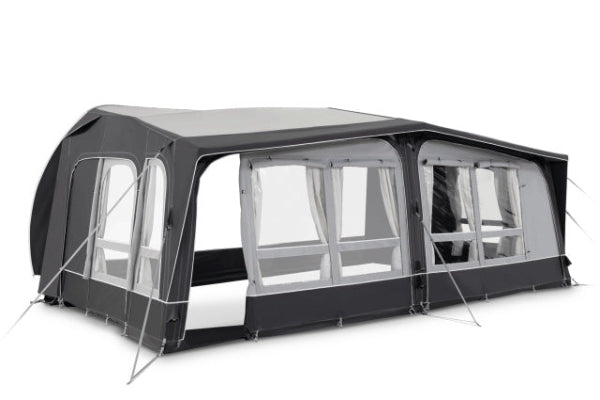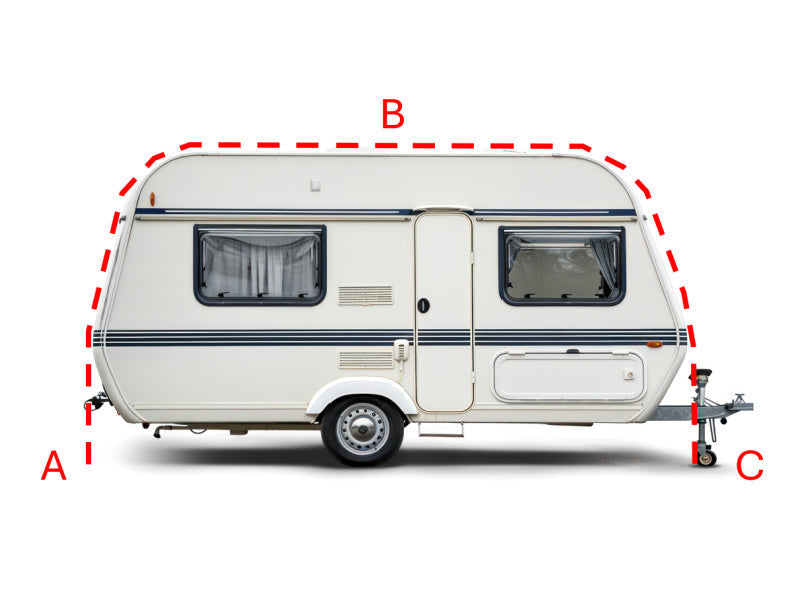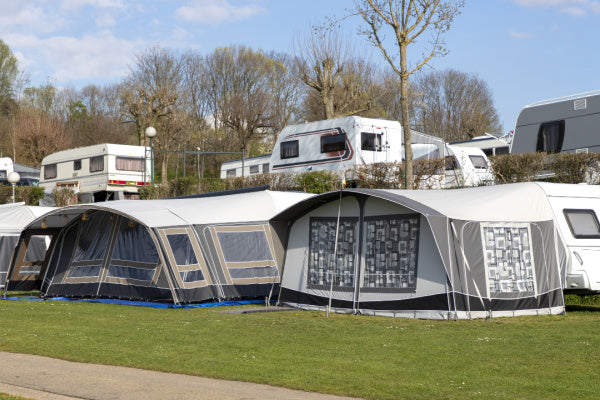Camping Fridge Electricity Usage Explained
Worried your camping fridge will guzzle power like your mate at a BBQ? Don’t stress — short answer: most camping refrigerators sip, not chug, electricity. But it depends on the type, setup, and usage. Stick around for easy tips to keep things cool without draining your battery (or your sanity).
Understanding Camping Fridge Power Consumption
The Numbers Explained: Watts, Amps, and Amp-Hours
Understanding how camping fridges use electricity starts with the basics.
Watts (W): The Instantaneous Power Draw
Watts measure the immediate power your fridge is using. For example, a fridge may draw 40–60W when the compressor is running. This tells you how much power it needs in that exact moment.
Amps (A): The Rate of Flow from Your 12V Battery
Amps show how quickly electricity is flowing. A typical 12V compressor fridge might pull around 2–4 amps when actively cooling. This helps you estimate battery drain over time.
Amp-Hours (Ah): The True Measure of Daily Electricity Use
Amp-hours are the most useful number for campers. They show how much electricity the fridge uses over a full day. A compressor fridge generally uses between 30–50Ah in 24 hours.

How Much Electricity Different Fridge Types Use
Compressor Fridges (12V): The Most Efficient Option
Compressor fridges are the go-to choice for most campers. They’re efficient, reliable, and only use power when needed. That makes them ideal for battery setups and longer trips.
Thermoelectric Coolers: Constant Draw for Less Cooling
These coolers are simpler but less efficient. They run constantly and can’t reach low temperatures like compressors. They’re best for short trips or mild weather.
Absorption (3-Way) Fridges: The High Cost of Using 12V Power
Absorption fridges are versatile. They run on electricity or gas, but using 12V power is the least efficient mode. They’re far better on LPG or mains power if you have it.
| Fridge Type | Average Daily Energy Consumption (Ah) | Power Source |
|---|---|---|
| Compressor | 30–50 | 12V Battery |
| Absorption | 50–80 | Electricity / Gas |
| Thermoelectric | 20–40 | 12V/24V Battery |
Key Factors That Affect Your Fridge's Actual Usage
What Determines How Hard Your Fridge Works?
Several factors impact how much electricity your fridge will use in practice.
Ambient Temperature: The Biggest Power Drain
Hotter weather makes your fridge work harder to stay cool. That means more energy usage. Shade and airflow help reduce this.
Your Thermostat Setting: Colder Costs More
Turning your fridge down to its lowest setting uses more power. A moderate setting is often enough to keep food safely chilled.
Fridge Size and Insulation Quality
Larger fridges use more power, especially if they’re poorly insulated. Quality insulation helps the fridge retain cold air and cycle less often.

Ventilation: Why Airflow is Crucial for Efficiency
Without airflow, heat builds up around the fridge. That forces the compressor to run longer. Always allow space for ventilation, especially in enclosed setups.
How to Reduce Your Camping Fridge's Electricity Use
Pre-Cool Your Fridge and Contents at Home
Pre-cooling is one of the simplest ways to save energy. Chill your fridge at home and cool your food and drinks before packing. This reduces the initial load on your power source.
Keep the Lid Shut and the Fridge Full
Every time you open the lid, warm air gets in. Keeping the fridge closed and well-packed means less energy needed to maintain the temperature.

Use an Insulated Cover and Park in the Shade
External heat has a big effect. An insulated fridge cover and a shady spot can help lower power usage significantly.
Putting It All Together: A Real-World Example
Calculating Your Daily Power Needs (in Amp-Hours)
Let’s say your fridge draws 2.5 amps and runs for 12 hours a day. That adds up to 30Ah daily. It’s a good average figure for a 12V compressor fridge.
Sizing a Battery and Solar Panel for a Typical Fridge
To cover 30Ah a day, a 100Ah deep-cycle battery should last about two days without recharging. Pair it with a 100W solar panel in decent sunlight, and you’ll stay comfortably powered off-grid.
Other content you might like:
- Can You Run Your Camper Fridge While Driving?
- What Happens If You Don't Wait 24 Hours To Plug A Fridge In?
- Can I Plug In A Mini Fridge Right Away?
- Can I Run A Camping Fridge On Solar Power
- Can You Power A Camping Fridge
- Can You Run A Camping Fridge While Driving
- Can You Take A Fridge Camping
- Do Camper Fridges Run Off Propane?
- What Are The Disadvantages Of Camping Fridges
- What Is The Best Way To Power A Camping Fridge?
- What Is The Difference Between A RV Fridge And A Regular Fridge?
- What Size Solar Panel Do I Need For A Camping Fridge
- Where To Buy Camping Fridge
- Will A 12v Fridge Drain My Battery?





Leave a comment